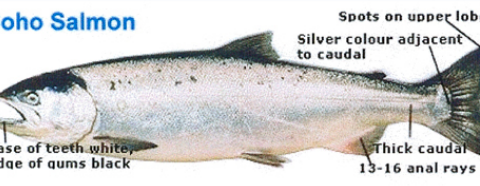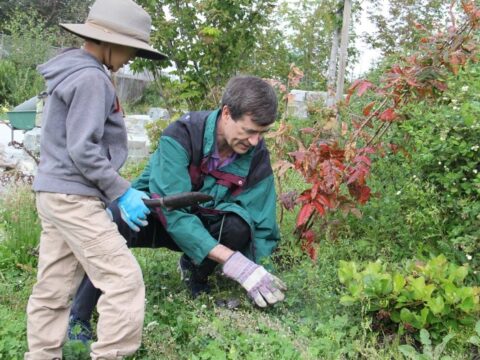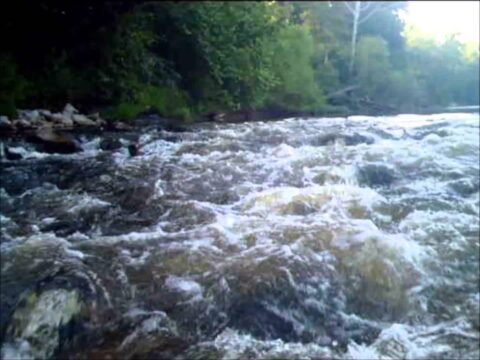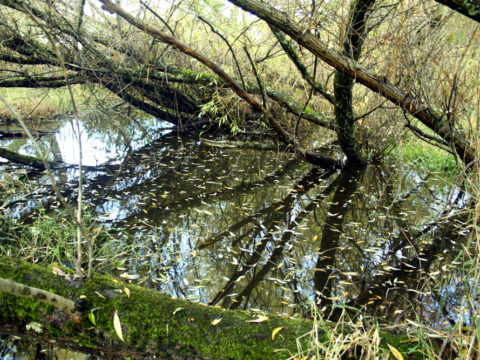
By OB25
Coho salmon is the salmon species that we have decided would be a perfect fit to restore the Bowker Creek salmon run. Coho salmon are native to the west coast and are one of the original species that was historically part of the salmon run through Bowker Creek. Here is an image of a Coho salmon and how to identify the native fish.

By OB25
This document details the process, and purpose of our inquiry and the initial thoughts that lead us to research what would enable the restoration of a healthy salmon run in Bowker Creek.

By OB25
A main focus of the Bowker Creek Initiative is to connect the community, which will be greatly impacted by the salmon. Having such an important species nearby allows for learning opportunities, and having a place where you can actually see these creatures creates an opportunity for people to learn about how their actions impact living creatures.

By OB25
The CRD 100-year blueprint is an incredible asset into the return of salmon into Bowker Creek. Focusing mainly on watershed, the action plan for Bowker Creek is to restore it to the pristine conditions it once had. Putting emphasis on community connections, the Bowker Creek Initiative is working to create a salmon-friendly habitat once again.

By OB25
The primary focus of the Bowker Creek Initiative is to improve the Creek’s watershed (divide of runoff into water bodies,) because the excess water from storm drains in Bowker Creek is compromising the creek’s habitat qualities in several ways.

By OB21
In order for the organisms of Bowker Creek to survive and flourish, they have to know their environment. So what are the habitats of these organisms? Link: https://splice.gopro.com/v?id=6NNxMj

1In 1 playlists
native plants of BC are: evergreen huckleberry, dogwood (mid winter fire), Indian plum, and northwest lady fern. 




1In 1 playlists
Some examples of aquatic native plants are: pondweed, water shield, arrowhead, and water pepper. They can increase water clarity by helping stabilize sediments. They help the environment because the are resistant to invasions opportunistic exotic plants. 
